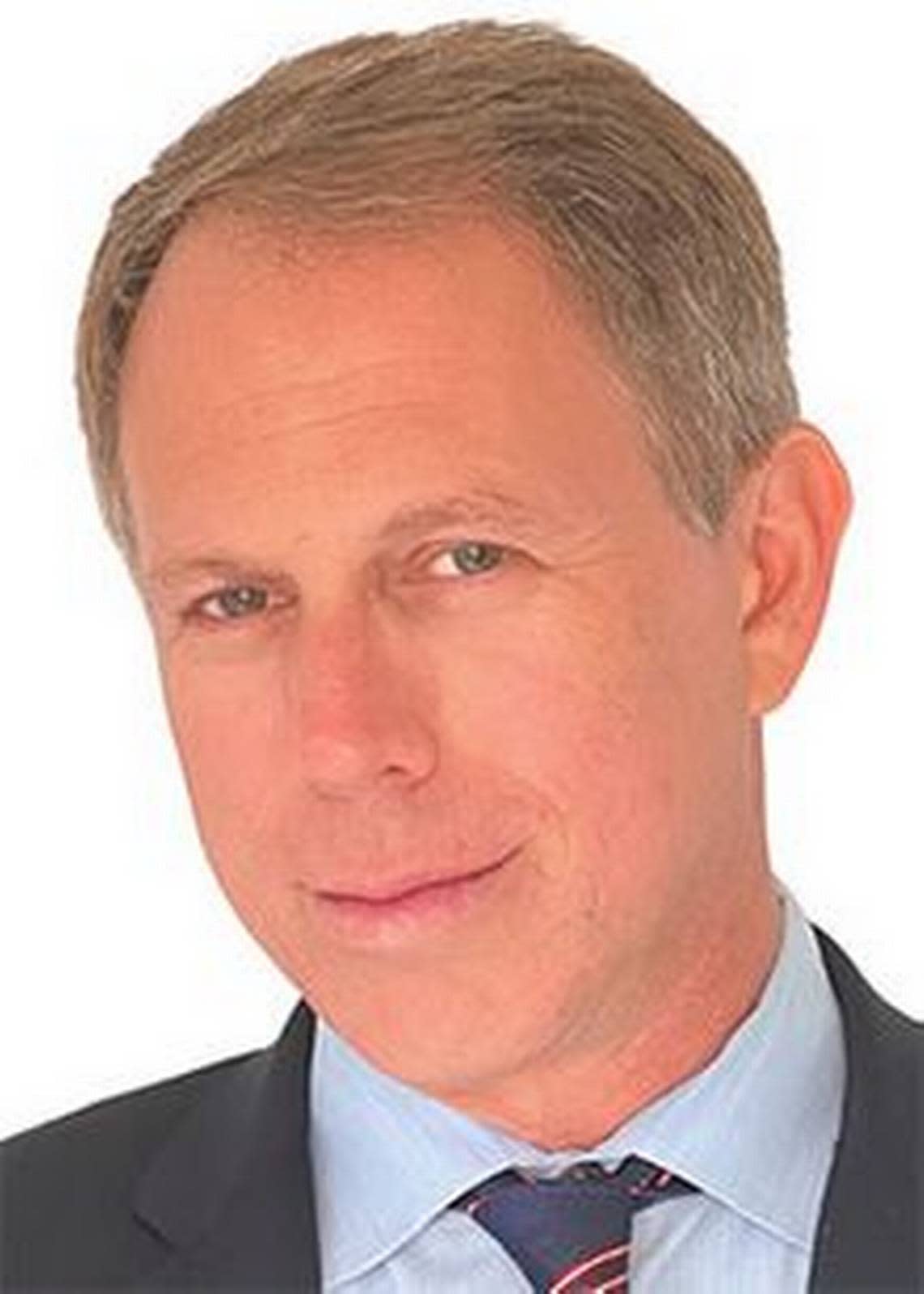Miami museum of Cuban diaspora to recreate ordeals of the revolution, and exiles’ triumph | Guest Opinion
In Miami-Dade, where half its foreign-born population is of Cuban ancestry, Fidel Castro’s 1959 revolution is a painful, but unavoidable, topic of discussion. While many older Cubans came to the United States as anti-Castro exiles, younger generations often have only heard and read about the revolution.
I worked for Radio and Television Marti for nearly four years and immersed myself into Miami’s Cuban-exile community, working with dissidents, opposition leaders and journalists from the island. Despite many Cubans sharing their experiences about the revolution with me, I never stopped trying to imagine the suffering they endured. Without learning the lessons of the revolution, we are doomed to repeat it.
This spring, Miami’s American Museum of the Cuban Diaspora will open its doors to the public to offer a taste of what Cubans endured 63 years ago. The exhibit, which will feature a virtual tour that recreates Cuba’s history and the revolution, was conceived by museum chairman Marcell Felipe, who said that the exhibit is a chance for people to experience a recreation of history instead of just reading about it.
During a preview, I walked through different time periods, starting with Cuba’s role in sending aid to Gen. George Washington during the American Revolution and Cuba’s own War of Independence, inspired by Jose Marti. After featuring the post-war island’s republican era, the museum tells the story of the country’s 1940 constitution under Gen. Fulgencio Batista and his 1952 coup when he suspended civil liberties, a catalyst for the 1959 Cuban Revolution.
Unfortunately, Cubans believed Fidel Castro’s 26th of July Movement would restore their civil liberties and democratic elections. The Cuban Revolutionary Directorate of students fought alongside the Castroists believing they were risking their lives for democracy, but they were later betrayed in 1959 when Castro suspended the constitution. He also seized control of businesses, churches, schools and the press. By 1961, Fidel permanently dismissed elections and announced a new communist regime.
The museum recreates the inundation of propaganda with a tunnel that engulfs its visitors, leading to a red curtain concealing eavesdropping devices to monitor citizens. While schools issued “ideological report cards” to create a system of advancement based on loyalty to Castro, it also began a “literacy campaign” to indoctrinate students with Orwellian newspeak. The alphabet was taught with examples such as “C for Che” and “R for Revolution,” while incorporating reverence for Fidel into its curriculum even in math classes. Students, particularly religious youth who did not conform were punished in labor camps.
The exhibit highlights the heroic efforts of an armed resistance while offering a chilling recreation of how the regime exercised “revolutionary justice” in stadium show trials, where “war criminals” were court martialed before an angry audience of thousands. The exhibit highlights the two possible fates: a virtual firing squad or a brick-and-mortar walk through Castro’s prisons.
The museum features the five major phases of immigration to the United States including the 14,000 Pedro Pan children who escaped mostly 1960-1962, the 1965-1973 freedom flights and the 1980 Mariel Boatlift.
The tour ends on an inspirational note showing how much Cubans achieved by living in freedom in Miami, highlighting the successes of musicians like Celia Cruz and a tribute to Cuban radio and Republic National Bank, the first institution to issue loans to exiles.
While the horrors and tragedies of the Cuban Revolution can never truly be recreated, it is our duty to learn about it so we can ensure what happened there never happens here — and that our children understand the value of democracy and individual freedom.
Jeffrey Scott Shapiro is the former director of the U.S. Office of Cuba Broadcasting currently collaborating with The American Museum of the Cuban Diaspora on academic and journalistic conferences.

